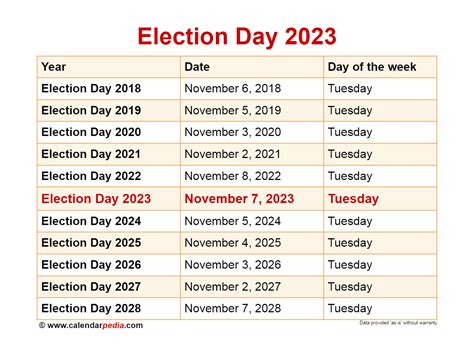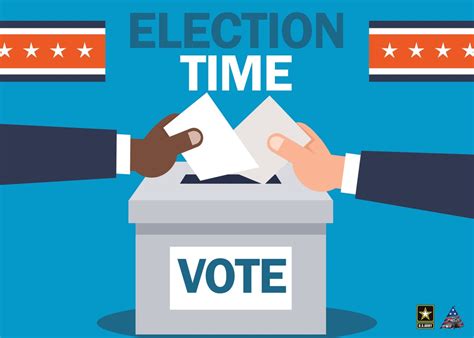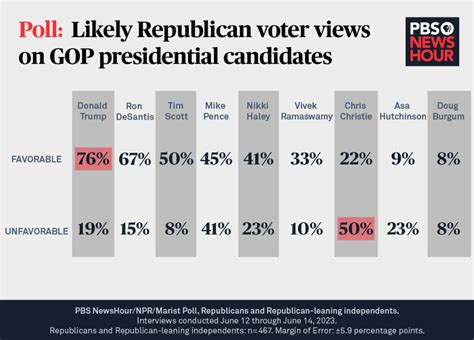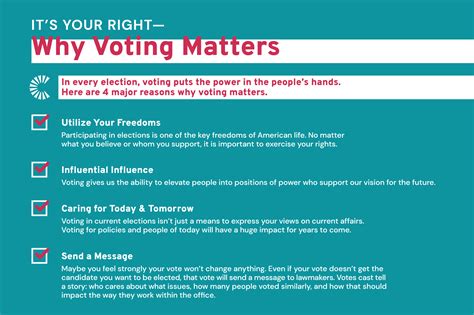Explore the significance of election polls, their impact on voting behavior, and key insights to effectively interpret polling data ahead of the 2024 elections.As the 2024 election approaches, understanding the intricacies of election polls is crucial for informed voting. This article dives into the essential aspects of election polling, shedding light on what these surveys measure and their significant impact on voter behavior. With key dates and events shaping the political landscape, we explore how to effectively interpret polling data, the factors that influence these numbers, and the importance of staying updated leading up to Voting Day. Whether you’re a seasoned voter or new to the electoral process, our comprehensive guide will equip you with the knowledge you need to navigate this pivotal moment in democracy and ensure your voice is heard. Get ready to make your vote count!
Understanding Election Polls: What They Measure and Why They Matter
Election Polls: are fundamental tools used to gauge public opinion regarding candidates, parties, and issues leading up to election day. These surveys collect data from a representative sample of voters, providing insights into who is leading in the race and how various demographics perceive different candidates. Understanding what these polls measure is crucial, as they can significantly influence the political landscape and voter behavior.
At their core, election polls aim to measure voter preferences at a specific time. They assess various factors, including favorability ratings, undecided voters, and opinions on key issues. The importance of these measurements lies in their ability to reflect current public sentiment and predict election outcomes. For instance, a surge in support for a particular candidate observed in a recent poll might indicate shifting voter priorities or dissatisfaction with existing options.
Moreover, election polls serve multiple purposes beyond mere prediction. They can shape the strategies employed by candidates and parties, influencing campaign messaging, fundraising efforts, and voter outreach initiatives. As candidates respond to public opinion reflected in these polls, their positions may evolve, creating a dynamic and responsive electoral environment.
It’s also worth noting that while election polls provide valuable insights, they are not infallible. The methodologies used, such as sampling techniques and question phrasing, can impact results and introduce biases. Therefore, interpreting these polls requires a critical eye, understanding their limitations while acknowledging their relevance in the electoral process.
Impact of Polling Data on Voting Behavior in 2024
The analysis of Election Polls: holds significant sway over how voters perceive candidates and issues, often shaping the narrative leading up to voting day. Polling data can create a cycle of influence; positive results for a candidate can enhance their momentum while negative results can discourage potential supporters. This section explores how these dynamics might play out in the 2024 elections.
Firstly, voters often look to Election Polls: for guidance. A candidate is perceived as more viable if they consistently lead in polls, which can trigger a bandwagon effect where undecided voters opt to support the leading candidate. This tendency can have a snowball effect, where early successes in polling translate into increased donations, volunteer sign-ups, and media coverage, further solidifying the candidate’s position.
Conversely, unfavorable Election Polls: can lead to decreased voter turnout. If individuals believe their preferred candidate is unlikely to win, they may feel disinclined to vote, thus contributing to a self-fulfilling prophecy whereby low engagement results in poor outcomes for the trailing candidate. Voter apathy is a real concern, as the public might perceive their participation as futile if the polls do not reflect a chance of success.
Moreover, the timing of Election Polls: plays a crucial role in shaping voter behavior. As Election Day approaches, the recency of polling data can create urgency among voters, affecting how they prioritize their voting decisions. Rapid shifts in polling data can be particularly influential, as they may prompt voters to reassess their choices or deepen their commitment to a candidate based on how the landscape is evolving.
It is essential to acknowledge the potential for misinformation surrounding polling data. Misinterpretations or misuse of Election Polls: can lead to distorted perceptions of a candidate’s chances, encouraging voters to align with perceived frontrunners rather than their personal preferences. Voters must remain critical and aware of the sources of polling data to ensure their decisions are well-informed and reflective of their values and beliefs.
How to Interpret Election Polls Effectively
Interpreting Election Polls: can be a nuanced process, and understanding how to read them correctly is essential for grasping the electoral landscape leading up to Voting Day 2024. Here are some key points to keep in mind:
By keeping these factors in perspective, you can better understand the implications of Election Polls: and how they may impact the behavior of voters as we approach Voting Day 2024. Proper interpretation will also help differentiate between hype and genuine shifts in public opinion.
Factors Influencing Election Polls Ahead of Voting Day 2024
As we approach the critical Election Polls: in 2024, numerous factors will shape the polling landscape and the outcomes we expect to see. Understanding these influences is key for voters, analysts, and stakeholders alike. Here are some of the primary elements that will impact the election polls this cycle:
- Voter Turnout: The expected level of participation from various demographics can significantly sway poll results. Polling data often reflect who is likely to vote, and variations in turnout among groups can distort predictions.
- Political Climate: Current events, including economic conditions, social issues, and national security concerns, can shift public perception and, consequently, the results of Election Polls:.
- Candidate Strategies: Campaign approaches, including the use of media, public appearances, and grassroots outreach, directly influence how candidates are viewed and can lead to fluctuations in polling numbers.
- Polling Methodologies: Different polling organizations may use varied methods for data collection, such as online surveys or phone interviews, which can impact results. It is essential to consider who conducted the polls and how methodologies affect findings.
- Timing: The timing of when polls are conducted can yield differing results. Polls taken immediately before major events, such as debates or scandals, may reflect temporary swings in public opinion.
- Media Influence: Coverage of candidates and campaigns plays a significant role in shaping public opinion. Positive or negative media portrayals can lead to shifts in support, impacting Election Polls:.
Overall, these factors create a dynamic environment leading up to voting day, which emphasizes the importance of interpreting Election Polls: with caution and context. As Election Day approaches, staying informed about these influences will provide a clearer picture of the electoral landscape.
Key Dates and Events Leading Up to Election Polls and Voting Day
As we approach the 2024 elections, it’s crucial to be aware of the significant dates and events that play a role in shaping the landscape of Election Polls and ultimately influence Voting Day. The timeline leading up to the elections is packed with critical deadlines, debates, and other activities that can sway public opinion and polling data.
| Date | Event | Importance |
|---|---|---|
| January 2024 | Primaries Begin | Launch of candidate selection and first real indications of voter preferences. |
| February 2024 | Super Tuesday | Major event where multiple states hold primary elections, providing key insights into candidate viability. |
| March 2024 | Presidential Debates | Opportunity for candidates to discuss issues, which can influence Election Polls. |
| April 2024 | Final Primaries | Last chance for candidates to secure delegates, further shaping the race. |
| May 2024 | Polling Deadlines | Deadlines for various polls and surveys that inform voters about candidates’ standings. |
| June 2024 | Convention | Formal nomination of candidates, leading to increased media coverage and public interest. |
| October 2024 | Final Polling Period | Intensive polling leading up to Voting Day; crucial for gauging public sentiment. |
| November 5, 2024 | Voting Day | Final opportunity for voters to make their voices heard, concluding the Election Polls. |
These dates mark a vital path toward understanding how polling can change over time as events unfold, reflecting the dynamic nature of the election cycle. Stay informed to navigate the upcoming elections effectively and understand the impact of Election Polls on your voting decisions.
Frequently Asked Questions
What is the date for Voting Day in 2024?
Voting Day in 2024 is scheduled for Tuesday, November 5.
What are election polls and why are they important?
Election polls are surveys that gauge public opinion on candidates and issues, and they are important as they can influence voter behavior and campaign strategies.
How can voters prepare for Election Day?
Voters can prepare by checking their registration status, understanding the voting process in their state, and researching the candidates and issues on the ballot.
What should I bring to the polls on Voting Day?
Voters should bring necessary identification as required by their state, and it’s also helpful to bring a sample ballot for reference.
Can I vote if I am not registered by Election Day?
It depends on the state. Some states allow same-day registration, while others require you to register in advance.
What happens if I encounter issues at the polls?
If you face any issues, you should notify a poll worker immediately. You can also contact voter protection hotlines for assistance.
How can I stay updated on election-related news leading up to Voting Day?
You can stay updated by following credible news sources, subscribing to election newsletters, and checking official state election websites.









